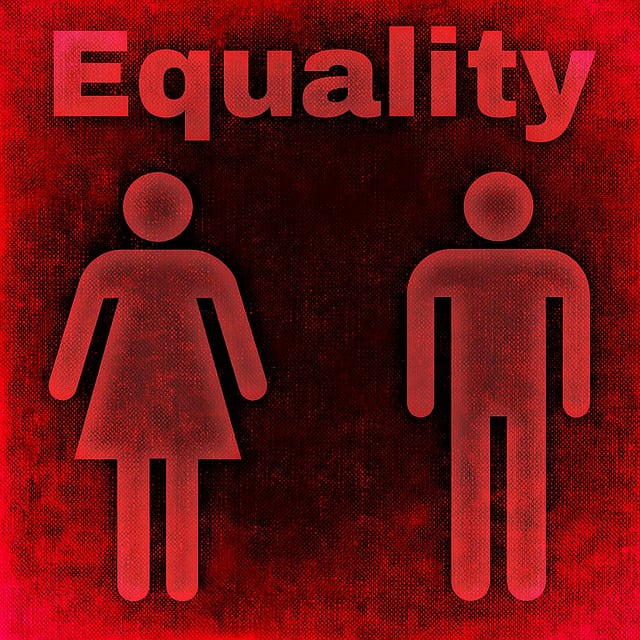Understanding and navigating Oregon's child welfare laws and policies is crucial for parents, guardians, social workers, foster parents, attorneys, and community members. These laws, detailed in Oregon DHS statutes, protect the rights of both children and parents while ensuring their well-being. Key areas include intervention criteria, removal procedures, reunification guidelines, and alternative placements. Knowledge of these regulations, recently reformed to emphasize prevention and family preservation, is essential for effective participation in Oregon's child welfare system and fostering public trust.
“Oregon’s child welfare legal framework is a intricate web of state laws, policies, and procedures designed to protect vulnerable children while respecting the rights of parents. This comprehensive guide explores key aspects of the system, from understanding Oregon’s child welfare laws and the role of the Department of Human Services (DHS) to navigating the legal process and identifying legal obligations for stakeholders. By delving into these areas, we aim to provide a clear path for those involved in, or interested in, Oregon’s child welfare practices.”
- Understanding Oregon's Child Welfare Laws and Policies
- Legal Rights of Children and Parents in Child Welfare Cases
- The Role of the Oregon Department of Human Services (DHS)
- Navigating the Legal Process: From Reporting to Court Involvement
- Legal Obligations and Responsibilities for Key Stakeholders
- Recent Changes and Trends in Oregon's Child Welfare Legal Framework
Understanding Oregon's Child Welfare Laws and Policies

Understanding Oregon’s Child Welfare Laws and Policies is crucial for anyone involved in or affected by the state’s child protection system. These laws, codified in Oregon DHS statutes, outline the legal rights and responsibilities of various stakeholders, including parents, guardians, social workers, and the state itself. Navigating these complex regulations can be challenging, but it’s essential to ensure the safety and well-being of children involved.
Oregon’s child welfare policies are designed to protect vulnerable minors while also respecting their legal rights. The state has established clear guidelines on when intervention is necessary, the procedures for removing children from homes, and the steps required for reunification or alternative placement. Understanding these policies is not only important for those directly impacted but also for foster parents, attorneys, and community members who play a role in supporting Oregon’s child welfare system.
Legal Rights of Children and Parents in Child Welfare Cases

In Oregon, both children and parents have specific legal rights within the context of child welfare cases. According to Oregon child welfare laws, parents are entitled to be informed about any investigations or proceedings involving their children, given accurate information about the case, and allowed to participate actively in decision-making processes. They have the right to counsel, ensuring they understand their legal obligations and can navigate the complexities of child welfare policies Oregon has in place.
Navigating child welfare laws can be challenging, and it’s crucial for all parties involved to be aware of their rights. The Oregon Department of Human Services (DHS) statutes provide a framework that protects both children’s well-being and parents’ due process. This includes ensuring fair hearings, the right to present evidence, and the opportunity to appeal decisions. Understanding these legal rights is essential when dealing with child welfare cases, enabling families to effectively communicate with DHS and advocate for their interests throughout the process.
The Role of the Oregon Department of Human Services (DHS)

The Oregon Department of Human Services (DHS) plays a pivotal role in shaping and enforcing the state’s child welfare laws. As the primary agency responsible for child welfare services, DHS is tasked with ensuring the safety, protection, and well-being of Oregon’s vulnerable children. They administer and enforce the Oregon child welfare laws, which are codified in the Oregon Revised Statutes (ORS) and include various statutes related to child protection, foster care, adoption, and termination of parental rights.
DHS operates under a comprehensive framework of child welfare policies that guide their interactions with families and children. These policies outline the legal obligations of the agency, including mandatory reporting requirements for suspected child abuse or neglect, procedures for conducting investigations, and criteria for placing children in foster care or other protective settings. Navigating these laws and policies is crucial for both DHS workers and families involved in the child welfare system to ensure that rights are protected and services are provided according to Oregon’s legal standards.
Navigating the Legal Process: From Reporting to Court Involvement

Navigating the legal process within Oregon’s child welfare framework involves a series of steps that begin with reporting suspected child abuse or neglect to the Department of Human Services (DHS). This initial step is crucial as it triggers an investigation, which can lead to various outcomes based on the findings. If DHS determines that a child is at risk, they may offer services to the family to prevent removal, or they might initiate court proceedings to secure temporary or permanent custody.
The legal rights and obligations of all parties involved are defined by Oregon child welfare laws and DHS statutes. These laws ensure fairness and due process throughout the process, with regular court hearings to review the case and make informed decisions regarding a child’s safety and well-being. Understanding these policies is essential for both families and professionals to effectively navigate this complex system.
Legal Obligations and Responsibilities for Key Stakeholders

In Oregon, the child welfare system is governed by a comprehensive set of laws and policies designed to protect and nurture vulnerable children. Key stakeholders, including the Department of Human Services (DHS), courts, and various agencies, have distinct legal obligations and responsibilities under these regulations. DHS, for instance, is mandated to ensure the safety, health, and well-being of children within the state by implementing child welfare policies that align with Oregon child welfare laws. This involves responding promptly to reports of abuse or neglect, conducting thorough investigations, and making informed decisions regarding a child’s placement and care.
Navigating child welfare laws in Oregon requires a deep understanding of the legal rights of both children and parents. The state’s statutes outline procedures for removal, foster care placement, and adoption, emphasizing the need for due process and the best interests of the child. Courts play a crucial role in overseeing these processes, ensuring that all parties’ legal rights are respected and that decisions are made based on sound evidence and Oregon DHS statutes. This collaborative effort among agencies and the judiciary is essential to maintaining fairness and effectiveness within the child welfare system.
Recent Changes and Trends in Oregon's Child Welfare Legal Framework

In recent years, Oregon’s child welfare legal framework has seen a series of updates and shifts aimed at enhancing the protection and well-being of children. These changes reflect a growing emphasis on prevention, early intervention, and family preservation. For instance, the state has implemented policies that prioritize maintaining family connections whenever possible, while ensuring the safety and stability of at-risk children. Such an approach has led to innovative practices in community-based services and improved collaboration between various agencies involved in child welfare.
Moreover, there’s a noticeable trend towards greater transparency and accountability within Oregon DHS statutes. This includes enhanced access to records and more comprehensive reporting on case outcomes. These developments are driven by the recognition that clear legal rights and obligations are crucial for both families involved in the child welfare system and professionals navigating its complexities. Such changes also aim to foster public trust and understanding of the processes designed to safeguard Oregon’s most vulnerable youth.






